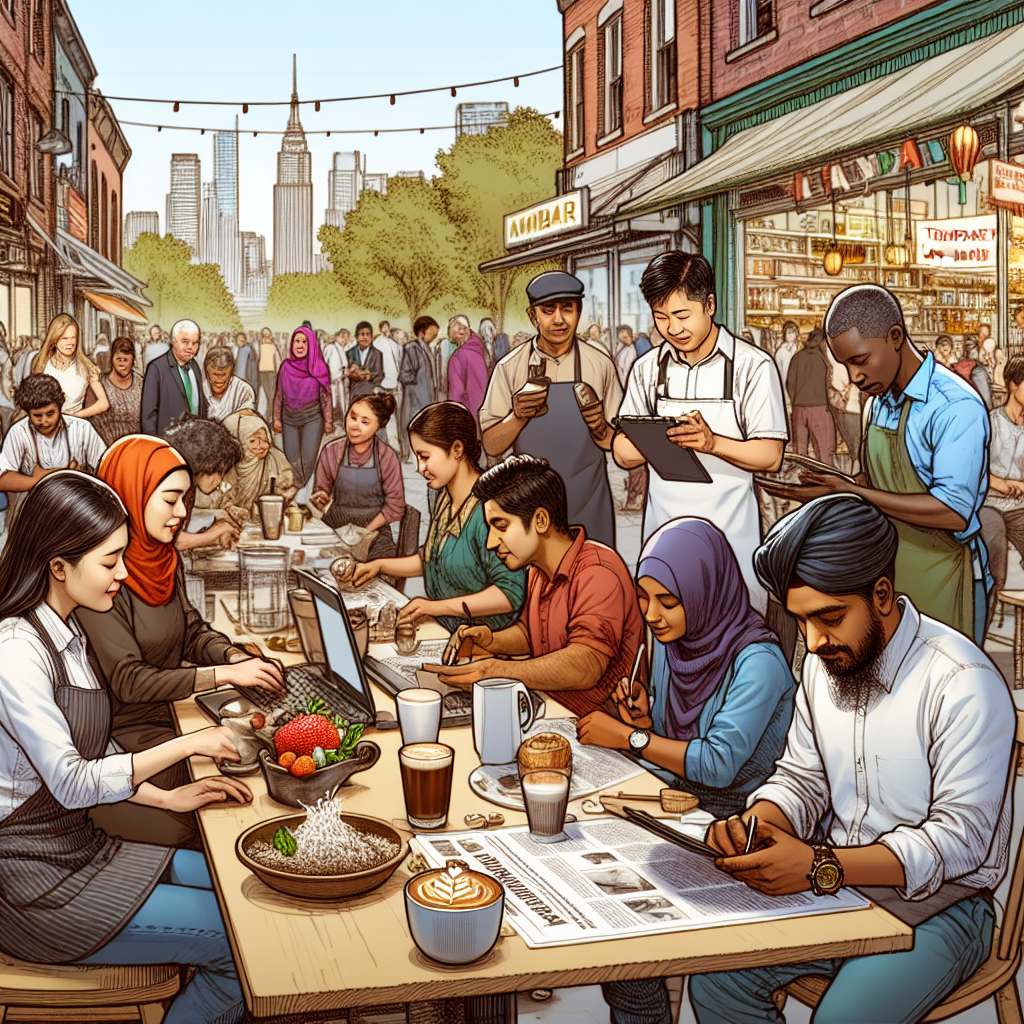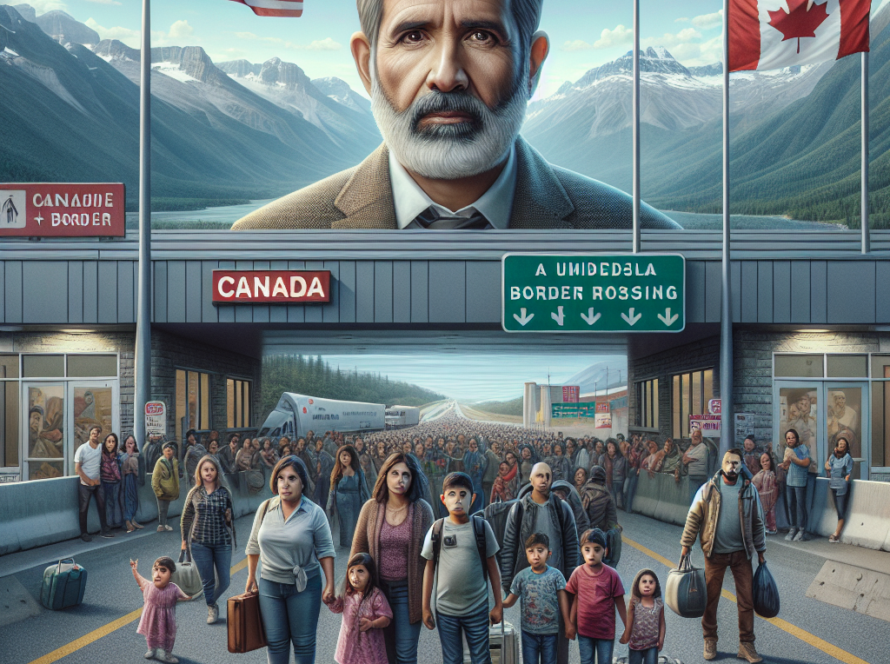Canada Increasingly Depends on Low-Wage Immigrant Labor

Canada’s Evolving Workforce: The Rise of Temporary Low-Wage Migrant Workers
In a rapidly changing economic landscape, Canada is witnessing a significant shift in its labor market dynamics, as highlighted in a recent report by the Bank of Canada. The influx of low-wage migrant workers through temporary immigration channels is reshaping the nation’s workforce, raising important questions about the long-term implications for the economy and society.
Key Trends in Immigration
Since 2022, Canada has seen a remarkable increase in the number of newcomers, with over one million arrivals each year. A substantial portion of these migrants is entering through non-permanent programs, such as the Temporary Foreign Worker Program and the International Mobility Program. This trend marks a departure from previous decades when migration primarily consisted of permanent residents with higher skill levels.
The demographic profile of these migrants is also changing. Many are younger, less skilled, and coming from lower-income regions, including India, sub-Saharan Africa, and the Middle East. As of 2024, temporary residents are responsible for nearly two-thirds of Canada’s population growth—a stark contrast to just ten years ago.
The Wage Disparity Dilemma
One of the most troubling findings from the Bank of Canada report is the widening wage gap between Canadian-born workers and their migrant counterparts. The average wage disparity has escalated to 22.6%, more than doubling since 2014. This gap is particularly visible in sectors such as retail, hospitality, and food services, which have experienced a surge in temporary foreign workers post-pandemic. For instance, the number of foreign workers in restaurants has skyrocketed by over 634% from 2016 to 2023.
Long-Term Economic Implications
While the influx of temporary workers addresses immediate labor shortages, it poses significant long-term challenges. Experts express concern that this reliance on lower-skilled migrants may lead to reduced productivity and overall economic stagnation. David Dodge, a former governor of the Bank of Canada, warns that an overdependence on temporary labor could suppress wages and stifle innovation, leaving uncompetitive businesses in place rather than fostering a thriving, dynamic economy.
Moreover, the share of Canadian-born individuals in the labor force has declined from 77.6% in 2006 to 68.1% in 2024, indicating a troubling dependency shift. With native birth rates falling to nearly negligible levels, the sustainability of Canada’s workforce increasingly relies on temporary foreign labor.
A Call for Thoughtful Policy
The findings from the Bank of Canada report should serve as a wake-up call for policymakers. As Canada navigates this new labor landscape, there is an urgent need for comprehensive strategies that ensure fair treatment for all workers, promote sustainable economic growth, and foster inclusive integration for both native and migrant laborers.
The transformation of Canada’s workforce reflects broader global trends in migration and labor. As the nation continues to adapt to these changes, the focus must remain on creating an equitable system that benefits everyone, regardless of their origin. Only through thoughtful, long-term policy decisions can Canada harness the full potential of its diverse workforce and secure a prosperous future for all.



